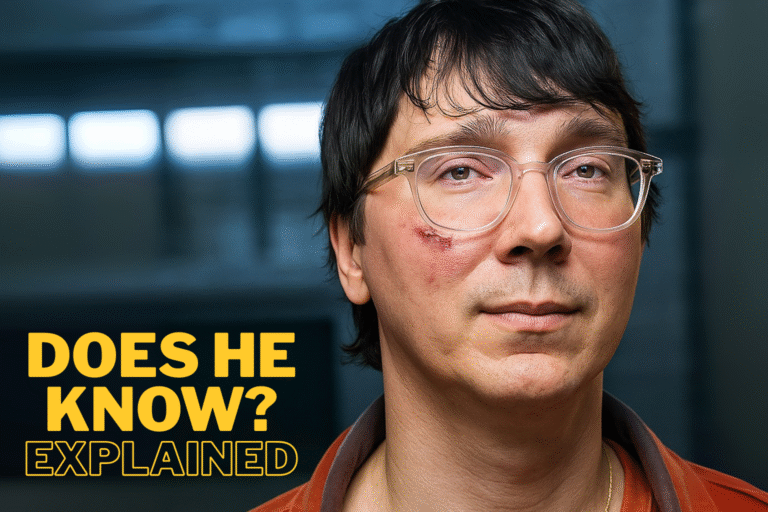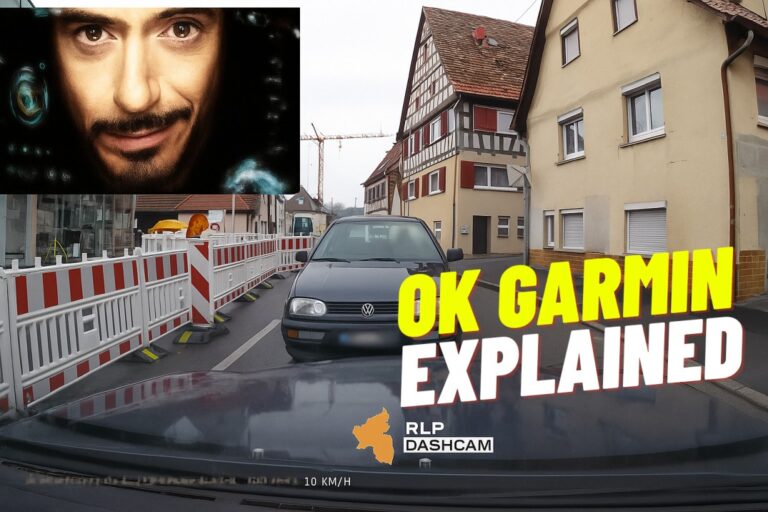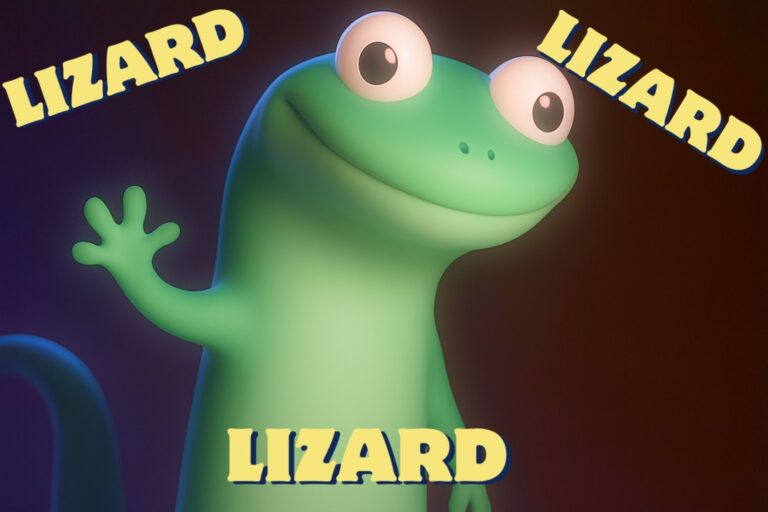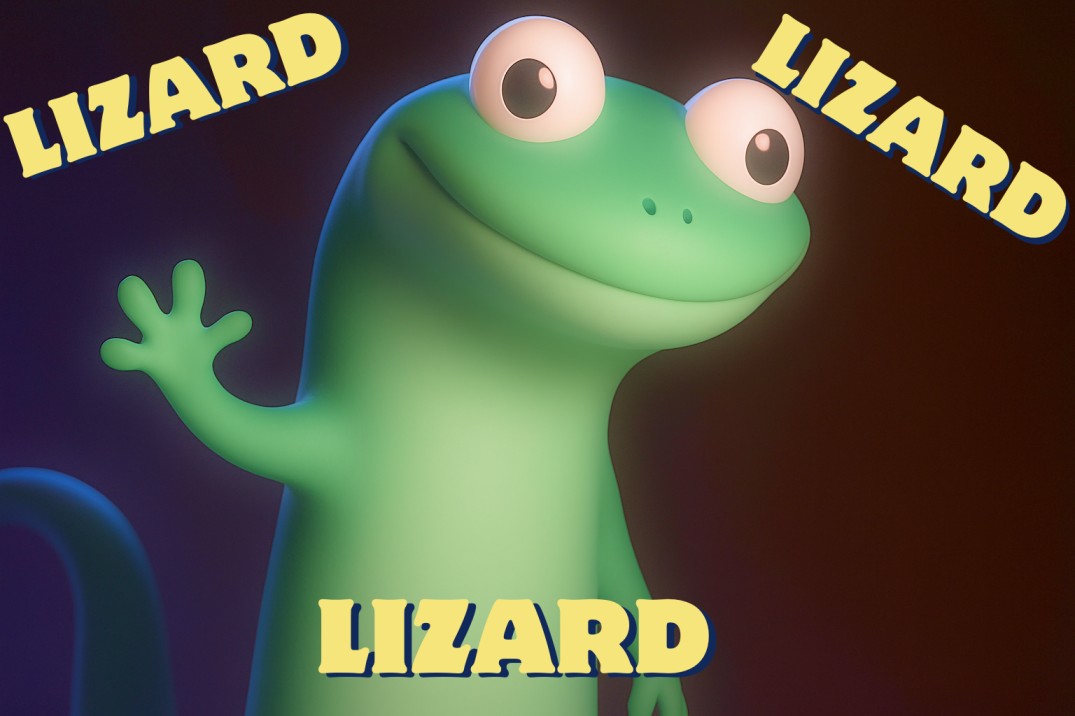
LIZARD LIZARD LIZARD
Most people watch Disney movies and forget about them as soon as they leave the theater. But something different happened with Elio. After the credits finished rolling, viewers saw a tiny green lizard sitting alone in a dark room. The lizard kept tapping a glowing screen over and over. Every tap made another lizard emoji appear. A robot voice said “lizard” each time. This weird 30-second scene turned into the biggest meme of 2025.
Now millions of people know the “Lizard Lizard Lizard” meme. They see this cross-eyed green lizard staring hard at a screen, tapping and tapping while the robot voice goes “Lizard. Lizard. Lizard.” People use this meme when they’re annoyed: websites that won’t work, apps that crash, coworkers who won’t listen, kids who won’t stop asking for things, or any time they feel stuck doing the same thing again and again.
Why do people love this meme so much? Because we all do what this lizard does. We click buttons that don’t work. We refresh pages that won’t load. We deal with the same annoying problems every single day. The lizard looks exactly like us when we’re frustrated with our phones and computers. TikTok users started putting this lizard over their own annoying situations, and everyone got the joke right away.
Origin Story: A Tiny Movie Scene Nobody Expected
The lizard first appeared in a short scene after Elio ended. This scene was actually advertising Hoppers, a new Pixar movie coming in March 2026. Hoppers is about a scientist who puts her mind into a robot beaver so she can study animals. But nobody cared about that story – they only wanted to see more of the lizard.
On June 20th, 2025, a YouTuber called The Pixar Nerd posted a video of this scene. Over 90,000 people watched it in six weeks. The video showed the green lizard in its dark room, tapping that screen over and over. Each tap made a lizard emoji appear. The robot voice saying “lizard” created this weird, catchy rhythm that stuck in people’s heads.
What made this lizard special? Well, Pixar gave it slightly crossed eyes, so it looks both focused and confused at the same time (Which was really funny btw). The lizard looks cute but also totally obsessed with tapping that screen.
Pixar always puts little scenes after their movies to advertise the next one. But these scenes usually just disappear after people watch them. This lizard was different. People saw something in its endless tapping that felt familiar.
Viral Takeoff – the Lizard Took Over TikTok
Here’s how the lizard went from a movie clip to everywhere on the internet. On July 27th, 2025, a TikTok user called @igreenscreenthings posted the lizard video with a green screen background, so other people could easily add their own stuff on top of it.
@igreenscreenthings Elio Lizard | Green Screen #disney #pixar #lizard #disneyplus #elio #meme #memes #viral #fyp♬ original sound – I Green Screen Things
This green screen version got over 260,000 views and 14,000 likes in just two days. TikTok’s algorithm noticed how much people liked this video and started showing it to more users on their For You Page.
Then July 28th, 2025 happened. Lots of creators posted lizard videos at the same time, and they all went viral. @victoria.somero posted the biggest one with the text “my husband to my buttcheeks when I’m already overstimulated AF.” Over 2 million people watched it and 200,000 people liked it in one day.
@victoria.somero why are they like this 😩 #fyp #foryou #fypシ #pov♬ original sound – I Green Screen Things
@lukeallen9 made another huge one that same day. His said “POV: You see me drunk at a crosswalk” with a picture of a crosswalk button. Over 400,000 people watched it and 80,000 people liked it. Anyone who has ever waited forever at a traffic light knew exactly what he meant.
@lukeallen9 I do be getting impatient…#hurryup #bored #anydaynow #fyppppppppppppppppppppppp #fypシ゚viral #views #lizard #tiktok #crosswalk #drunk #slap #bruh♬ original sound – I Green Screen Things
@belle_100 also posted on July 28th with “POV: When something at work isn’t loading.” She showed the lizard hitting a keyboard over and over. This got over 400,000 views and 70,000 likes. Everyone who has ever dealt with slow computers at work totally understood.
@belle_100 Gotta make sure to spam it to make it go faster 😂 #MemeCut #fyp #fypシ゚viral #trending #wfh #nothingeverworks #Meme♬ original sound – I Green Screen Things
Why did the lizard blow up so fast? The timing was perfect. TikTok users wanted new memes they could use for their own situations. The lizard’s constant tapping looked exactly like everyone’s daily life with technology. And the green screen format made it super easy for anyone to make their own version.
Why We All See Ourselves in This Tapping Lizard
The lizard’s tapping looks just like what we do every day with phones, computers, and apps that don’t work. @marisspresso showed this perfectly with a post that just said “Mom life….,” with the lizard surrounded by kid’s toys and mess. Hundreds of thousands of parents watched this and thought “That’s exactly how I feel.”
@marisspresso Mom life…. 🥸 #fyp #sahm #toddlersoftiktok #toddlermom #boymom #foryou #foryoupage #momlife #parenting #overstimulated #mommy #mamacita #mommy #toddlertoys #MemeCut♬ original sound – I Green Screen Things
The lizard is also really funny because it’s so weird. A small lizard tapping a screen while a robot says “lizard” over and over? That’s just bizarre. But when you put it next to normal human problems, it becomes hilarious. It makes our frustrations feel less serious and more like something we can laugh about.
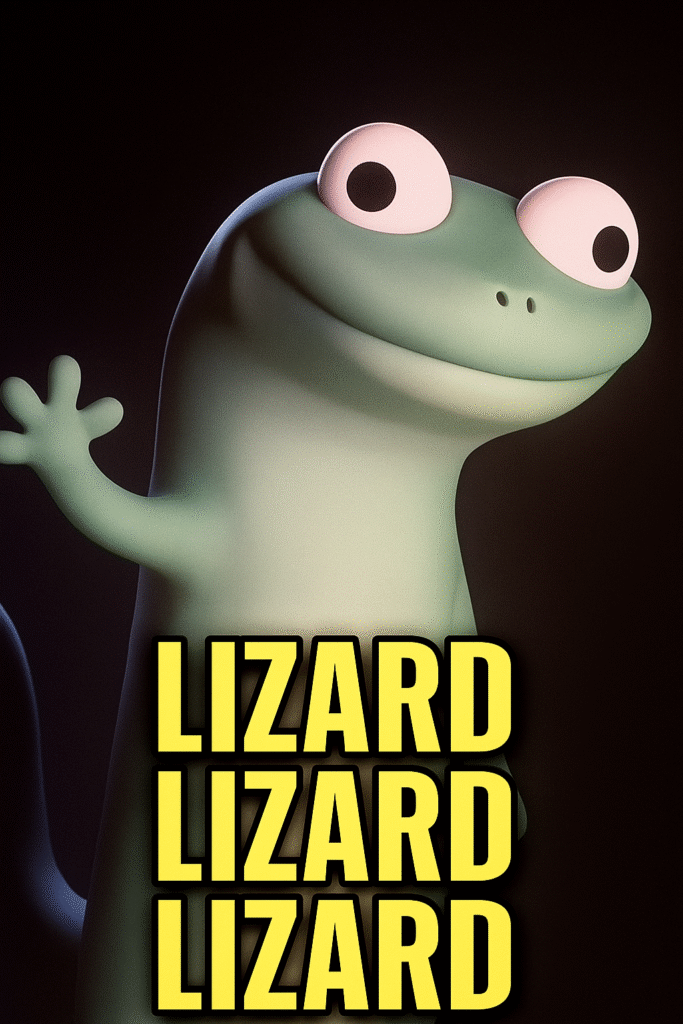
What really makes people connect with this meme is how much time we spend with screens every day. We’re always clicking, tapping, scrolling, and waiting. The lizard’s endless button-pushing looks exactly like our daily life. Healthcare workers especially loved this idea. @shay.is.unwell posted “Help is on the way dearrrrrr🏃🏼♀️💨” to show how patients constantly need help.
@shay.is.unwell Help is on the way dearrrrrr🏃🏼♀️💨#MemeCut #respiratorytherapist #respiratorytherapy #healthcare #nursing #icunurse♬ original sound – I Green Screen Things
Young people especially love this meme because they grew up with smartphones and computers. They spend hours every day dealing with apps that crash, websites that won’t load, and technology that doesn’t work. The lizard’s crossed eyes and obsessive tapping perfectly show how they feel when everything goes wrong at once.
Evolution & Remixes
As the lizard meme spread across TikTok, people started making all kinds of different versions. The basic idea – a character doing something repeatedly – could fit almost any annoying situation.
Work problems became one of the most popular uses. @belle_100 started this with her “when something at work isn’t loading” video. This inspired office workers everywhere to share their own technology problems. Nurses and doctors quickly started using the lizard to show how patients constantly need help.
@jezolina#nurse #nursesoftiktok #nurselife♬ original sound – I Green Screen Things
Parents loved the meme after @marisspresso‘s “Mom life” video showed how it worked. They used the lizard to show the chaos of dealing with kids – surrounded by toys, snacks, and all the stuff that comes with small children. These videos perfectly captured the feeling of being needed by little humans who are never satisfied.
Gamers made their own versions about repetitive video game actions, waiting for games to load, or dealing with boring parts of games. They used gaming words and references that other gamers understood right away.
Music remixes got really creative. People started editing the original “lizard” sounds to make new beats, add music, or replace the robot voice completely. Some turned the voice into a rhythm, while others mixed it with popular songs to create totally new combinations.
The meme even worked in different languages. Spanish-speaking TikTokers made versions about family gatherings. Japanese users used it for work stress and social pressure. The lizard’s visual appeal worked even when people didn’t speak English.
How a Green Lizard Became Internet Language

On TikTok, the lizard became part of the platform’s basic language. People see the lizard and immediately understand what it means. The hashtag #lizardlizardlizard got millions of views, and creators use it for everything from simple jokes to serious comments about society.
Twitter/X users share screenshots of funny TikTok versions and make their own text versions using the lizard’s repetitive behavior to talk about politics, social media arguments, and celebrity drama. People started saying “lizard lizard lizard” in real conversations to describe anything repetitive or stubborn.
@__luke181 Every day atp #fypシ #fyp #tiktok #Meme #MemeCut #Meme #MemeCut♬ original sound – I Green Screen Things
Reddit communities welcomed the meme in groups like r/memes, r/dankmemes, r/nursing, and r/parenting. Each community found ways to use it for their own specific problems and interests.
The meme even changed real conversations. People started saying “lizard lizard lizard” out loud to describe repetitive or annoying behavior. Some workplaces reported employees using the phrase in meetings to describe pointless tasks. Friends use it to joke about each other’s stubborn habits.
Current Status & Geography
As of mid-2025, the “Lizard Lizard Lizard” meme is still going strong across many platforms. It’s not growing as crazy fast as it did in July, but people still make new versions and it stays popular.
TikTok is still the lizard’s main home. The platform’s algorithm still likes creative new uses of the template. The green screen version from @igreenscreenthings is still the most popular source, though creators are trying new editing tricks – adding effects, changing colors, or mixing it with other memes.
The meme is most popular in North America and Europe, where TikTok is used the most and where people really understand digital frustration. But it also got big in Asian countries, especially Japan and South Korea, where users adapted it for their own work cultures and social pressure.
Smaller online communities beyond big social media also adopted the lizard. Discord groups focused on specific interests – gaming, parenting, healthcare, work – developed their own inside jokes and versions. These smaller communities make content that doesn’t always reach everyone but helps keep the meme alive.
Search data shows that interest peaked in late July and early August 2025 but has stayed pretty steady since then. This means the meme moved beyond the usual viral spike pattern into long-term use. This is rare for memes, which usually disappear quickly after they get popular.
Key Players
Several people and communities were really important in turning the “Lizard Lizard Lizard” meme from an unknown movie scene into something everyone knows.
@igreenscreenthings was the most important person. This TikTok account finds content that could become memes and makes templates that everyone can use. When they decided to take the lizard out of the original Elio context and make a green screen version, they made the huge growth possible. They’re known for spotting viral potential in unexpected places.
@victoria.somero made one of the first hugely successful versions. Her “my husband to my buttcheeks when I’m already overstimulated AF” video not only got massive views but also showed what the meme was for: expressing frustration with repetitive or overwhelming situations. This early success showed what the template could do and inspired tons of other creators.
The Pixar Nerd played an unexpected but important role by recording and sharing the original post-credits scene on YouTube. This YouTube channel didn’t create the meme, but their recording of the source material gave important context and helped connect the lizard to Hoppers. This connection added interest for movie fans and helped the meme cross over from internet culture to entertainment discussions.
TikTok’s recommendation system was also key to the meme’s success. The platform’s algorithm quickly noticed that lizard content got high engagement and began showing it to users who hadn’t looked for meme content. This algorithmic boost turned what might have stayed a small trend into a platform-wide phenomenon.
Community moderators on platforms like Reddit and Discord continue to play important behind-the-scenes roles in keeping the meme quality high. These people organize collections of the best versions, remove bad content, and encourage good discussions about what the meme means. They help ensure continued creative development rather than the meme getting stale from overuse.
Will the Lizard Still Be Tapping in 2026?
The “Lizard Lizard Lizard” meme has great potential to stick around for a long time. Unlike many viral trends that disappear quickly, this meme has several things that suggest it could stay relevant.
The meme’s flexibility is its biggest strength for staying popular. The basic idea – a character doing a repetitive action – can work for almost any situation involving frustration, persistence, or routine behavior. As long as people feel these emotions, the lizard will find new ways to be relevant.
Better technology could give new life to the meme. As AI tools and video editing software get more advanced, creators will find new ways to change and reimagine the lizard. We might see AI-generated versions, interactive formats, or even augmented reality apps that bring the lizard into real spaces.
The meme’s connection to Disney and Pixar’s Hoppers gives another way for future relevance. When the movie comes out in March 2026, the lizard’s appearance in the actual film could bring renewed interest. This connection to mainstream entertainment gives the meme a built-in promotional cycle that most internet trends don’t have.
Cultural changes will likely influence how the meme continues to evolve. As society’s relationship with technology develops more, new contexts for the lizard’s repetitive behavior will emerge. Whether dealing with AI assistants, virtual reality, or future digital innovations, the lizard’s mechanical persistence will probably find fresh uses.
The meme could also inspire new formats in the broader meme world. Just as earlier character-based memes influenced later trends, the “Lizard Lizard Lizard” format might shape how future memes approach repetitive behavior and frustration humor. We might see similar templates with different characters or situations, all owing ideas to the original lizard’s success.
The Complete Lizard Lizard Lizard Story
🕒 Timeline
- June 20, 2025: YouTuber The Pixar Nerd posts the original post-credits scene from Elio
- July 27, 2025: @igreenscreenthings creates the greenscreen template
- July 28, 2025: Multiple viral versions explode across TikTok, including @victoria.somero‘s overstimulation video
- August 2025: Meme spreads to other platforms and develops specialized versions
- Mid-2025: Meme enters stable, sustained usage phase
💻 Key platforms and share mechanics
- TikTok: Primary platform where the meme started and continues to thrive
- Twitter/X: Used for sharing screenshots and text-based versions
- Reddit: Specialized communities adopt the meme for specific contexts
- Discord: Private groups develop inside jokes and specialized versions
- Greenscreen format: Made the template accessible and easy to remix
🎭 Emotional hook
- Frustration: Perfectly captures feelings of being stuck in repetitive situations
- Absurdity: The lizard’s mechanical behavior creates humorous contrasts
- Relatability: Everyone experiences the digital-age exhaustion the meme represents
- Versatility: Can be applied to countless contexts from work to parenting to gaming
🔁 Variations/remixes
- Workplace frustration: Technology problems, bureaucratic processes, job stress
- Parenting chaos: Toddler demands, feeling overwhelmed, family dynamics
- Healthcare struggles: Nursing challenges, patient care demands
- Gaming culture: Repetitive actions, waiting for matches, boring gameplay
- Audio remixes: Musical adaptations, beat edits, sound replacements
🌍 Cultural/geographic spread
- North America: Highest concentration of usage, especially in the US
- Europe: Strong presence in UK, Germany, and Nordic countries
- Asia: Growing popularity in Japan and South Korea with local adaptations
- Latin America: Regional versions focusing on family and social contexts
- Global: Crossed language barriers through visual, universal appeal

